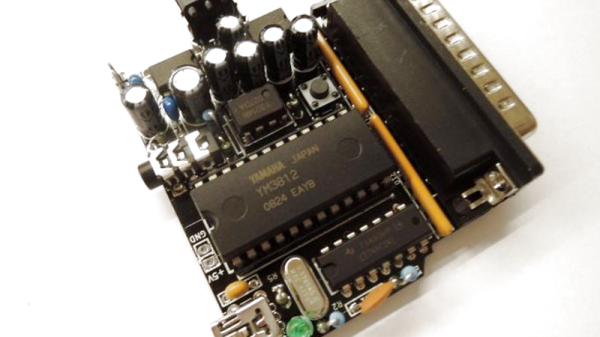Once upon a time, computers didn’t really have enough resources to play back high-quality audio. It took too much RAM and too many CPU cycles and it was just altogether too difficult. Instead, they relied upon synthesizing audio from basic instructions to make sounds and music. [caiannello] has taken advantage of this with the WAV2VGM project.
The basic concept is straightforward enough—you put a WAV audio file into the tool, and it spits out synthesis instructions for the classic OPL3 sound card. The Python script only works with 16-bit mono WAV files with a 44,100 Hz sample rate.
Amazingly, check the samples, and you’ll find the output is pretty recognizable. You can take a song with lyrics (like Still Alive from Portal), turn it into instructions for an OPL3, and it’s pretty intelligible. It sounds… glitchy and damaged, but it’s absolutely understandable.
It’s a fun little retro project that, admittedly, doesn’t have a lot of real applications. Still, if you’re making a Portal clone for an ancient machine with an OPL3 compatible sound chip, maybe this is the best way to do the theme song? If you’re working on exactly that, by some strange coincidence, be sure to let us know when you’re done!














